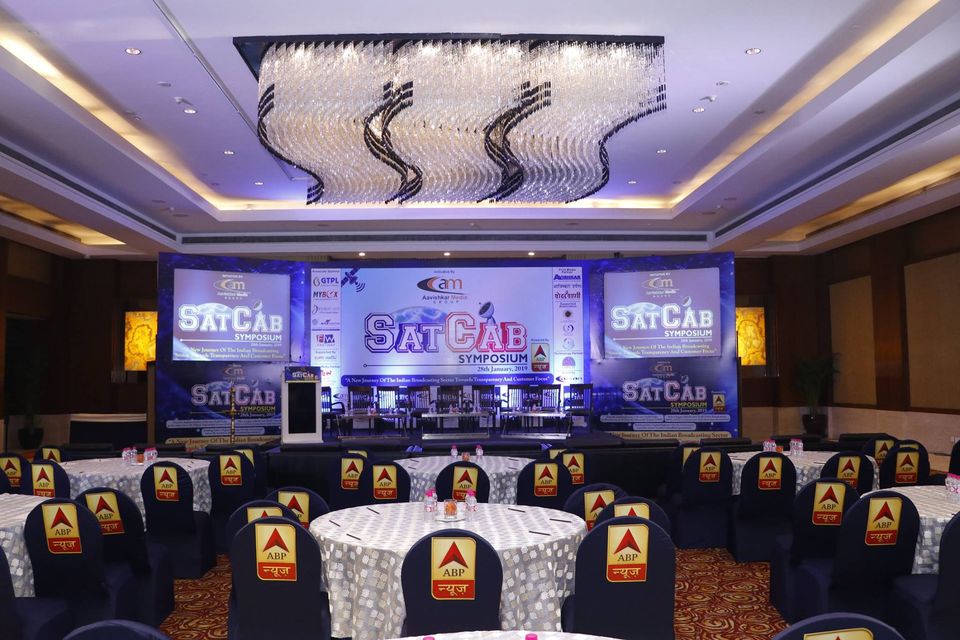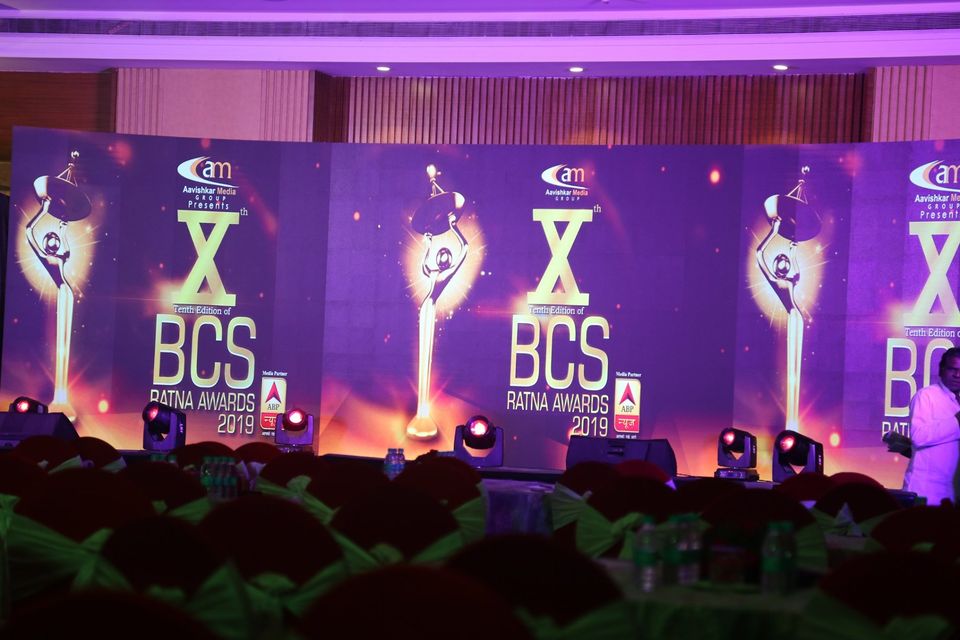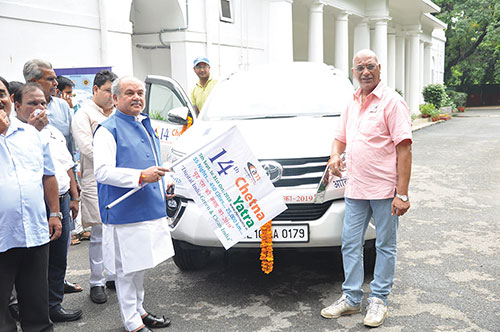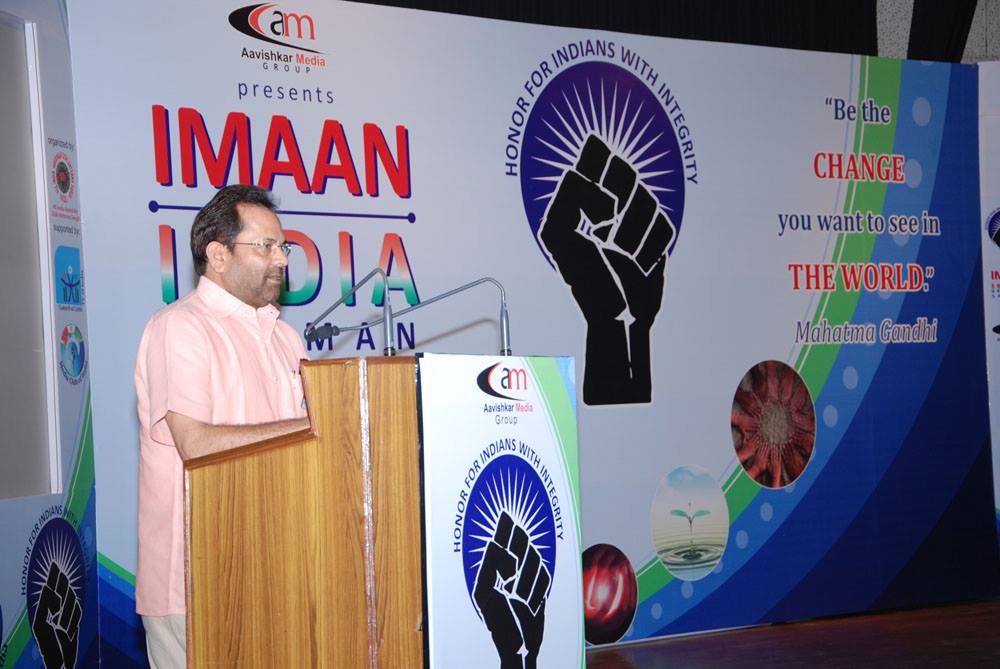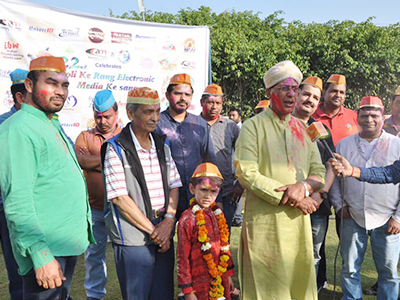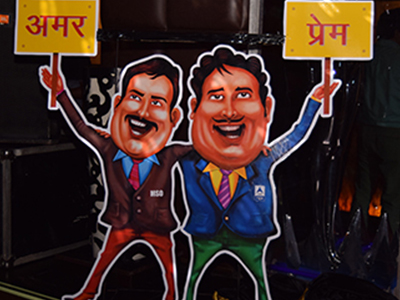By Ashok Mansukhani— India’s Union Budget for 2022-2023 has been widely hailed for focusing on six pillars: health and well being of all Indians; physical and financial capital; infrastructure; inclusive development for aspirational India; reinvigorating human capital; innovation R&D and minimum government and maximum governance.
This year’s focus is on boosting capital expenditure on healthcare and physical infrastructure without putting too much pressure on the taxpayers.
Every year, the media and entertainment (M&E) sector looks to the Budget to support its quest for tax incentives to help it achieve higher growth. This year the government has not provided any direct incentives, but clearly indicated a digital path forward for the industry to follow for sustained growth in future years.
The Indian Brand Equity Foundation (IBEF), a Government of India trust in its latest Media Industry update for December 2021, quotes the FICCI Frames /E/Y Report to state that the Indian M&E sector stood at Rs. 1.38 trillion (US$ 18 billion) in 2020 and is estimated at Rs. 1.79 trillion (US$ 24 billion) in 2021. Further, it is projected to grow to Rs. 2.23 trillion (US$ 29 billion) by 2023, due to the acceleration of digital adoption among users across various geographies.
The M&E market is projected to increase at a CAGR of 17 percent between 2020 and 2023.
In FY20, digital and online-added revenue stood at Rs. 26 billion in the M&E sector. Their contribution to the industry increased to 23 percent in 2020 from 16 percent in 2019. Within the M&E sector, the animation, visual effects, gaming and comic (AVGC) segment — growing at a rate of 29 percent, while the audio-visual sector and services are rising at the rate of 25 percent — is recognised as one of the champion sectors by the government.
The AVGC sector is estimated to grow at 9 percent to reach Rs. 3 lakh crore (US$ 43.93 billion) by 2024.
The annual Economic Survey for 2021-2022, published on January 31, clearly points out that the impact of the pandemic has been exceptionally high for the broadcasting and other contact services like travel and hospitality within the services sector, showing a de-growth of 18.1 percent over the previous year.
While there would be an improvement in the coming year by a positive 11.1 percent, still the revival cannot be fully estimated accurately due to Omicron restrictions in various States.
Keeping the aforementioned data and trends in mind, one can say India’s annual Budget is not completely silent on the M&E industry.
Key highlights, according to a KPMG sectoral report on M&E, are:
— An AVGC promotion task force has been proposed to recommend ways to increase youth employment and build domestic capacity for serving domestic markets and the global demand. The task force is likely to “boost possibilities relating to the metaverse and enable a digital economy that is virtual yet inclusive to India’s growth”.
— A ‘One Class, One TV Channel’ formation with 200 PM e-Vidhya channels for classes 1 to 12 in regional languages is a welcome move. Such policies will need e-content across mobile phones, TV, radio, and digital teachers disseminating information to the rural districts.
— The Digital University creation with personalised content in various ICT formats in a ‘hub and spoke’ model is expected to spur innovation via close coordination amongst telecom, broadcast, and OTT players.
—- Further, the adoption of Central Backed Digital Currencies (CBDCs) is expected to spearhead digital inclusion in payments and the entertainment sector, boosting eSports and gaming sectors.
(Note: The IBEF December 2021 update states that the Indian mobile gaming market is growing at a pace in tandem with the global trend and is expected to reach US$ 7 billion in 2025. The online gaming market in India is projected to reach Rs. 155 billion (US$ 2.12 billion) by 2023, from Rs. 76 billion (US$ 1.08 billion) in 2020 due to a rapid increase in consumption.).
— Clarity on 5G timelines sets the ball rolling for specific content creation in AR/VR, holographic representations, online gaming, autonomous vehicles, smart cities, and smart industrial use cases.
— A new tax compliance requirement introduced this year is the income-tax reporting requirement applicable to film producers relating to payments in excess of INR 50,000 is now extended to persons involved in other activities such as event management, documentary production, production of programmes for telecasting on television or over the top (OTT) platforms or any other similar platform, sports event management and other performing arts.
A key focus point of the Budget is to progressively ensure that all the 6,50,000 villages in India, where (as per the 2011 census), 69 percent of Indians live, get access to digital resources helping content reach all Indians. This will sought to be achieved by:
— An allocation of 5 percent of annual collections under the Universal Service Obligation Fund for affordable broadband and mobile service proliferation in rural and far away remote areas.
— Contracts for optic fibre installation to be awarded under public-private partnership in FY 2022-2023.
— This will enable the provision of affordable broadband and mobile communication in rural and remote areas.
Conclusion
The Indian government is clearly looking ahead to the future of the M&E industry, which will be clearly led by the increased availability of digital distribution and content.
All the announced initiatives are clearly predicated on ensuring that every Indian in all the 650,000 villages has an equal opportunity to enjoy the benefits of digitisation.
Content creators/broadcasters/telecom companies/broadband Internet service providers will benefit in the coming years.
The legacy cable industry has to change with the times and adopt a multi-digital mode of services to survive in the future.
(Ashok Mansukhani, the author, is a media veteran having spent decades with the government and private sector media organizations, specializing in legal and policy matters. He recently retired from the Hinduja group having been part of the leadership team that built the group’s media business. He also sits on the advisory board of the Indianbroadcastingworld.com. The views expressed in the write-up are those of the author and Indianbroadcastingworld.com need not necessarily subscribe to them.)
 Korea Creative Content Agency to hold content expo in Sept
Korea Creative Content Agency to hold content expo in Sept  Disney+ Hotstar targets 450 mn viewers with free T20 WC streaming
Disney+ Hotstar targets 450 mn viewers with free T20 WC streaming  Sima Taparia joins Zee TV’s ‘Main Hoon Saath Tere’
Sima Taparia joins Zee TV’s ‘Main Hoon Saath Tere’  Netflix hosts exclusive screening of ‘Heeramandi: The Diamond Bazaar’ in LA
Netflix hosts exclusive screening of ‘Heeramandi: The Diamond Bazaar’ in LA  Carla Gugino cast as Vivien Leigh in biopic ‘The Florist’
Carla Gugino cast as Vivien Leigh in biopic ‘The Florist’  Rajkummar Rao, Triptii Dimri wrap filming for ‘Vicky Vidya Ka Woh Wala Video’
Rajkummar Rao, Triptii Dimri wrap filming for ‘Vicky Vidya Ka Woh Wala Video’  ABP LIVE introduces India’s first android app for in-car entertainment and news
ABP LIVE introduces India’s first android app for in-car entertainment and news 


